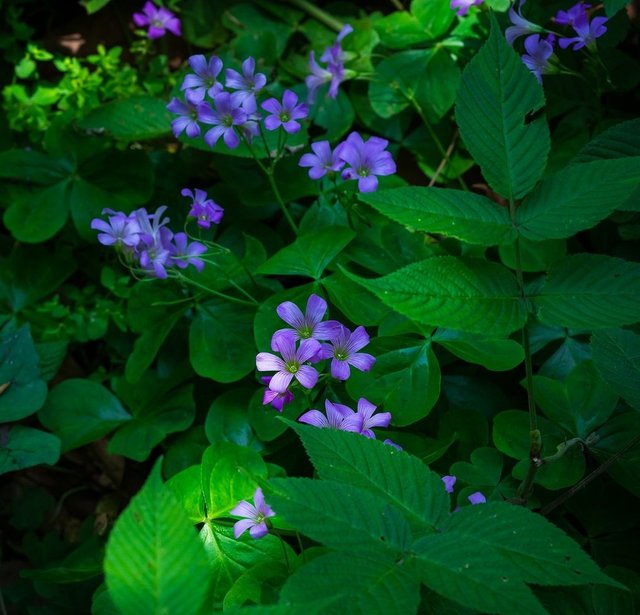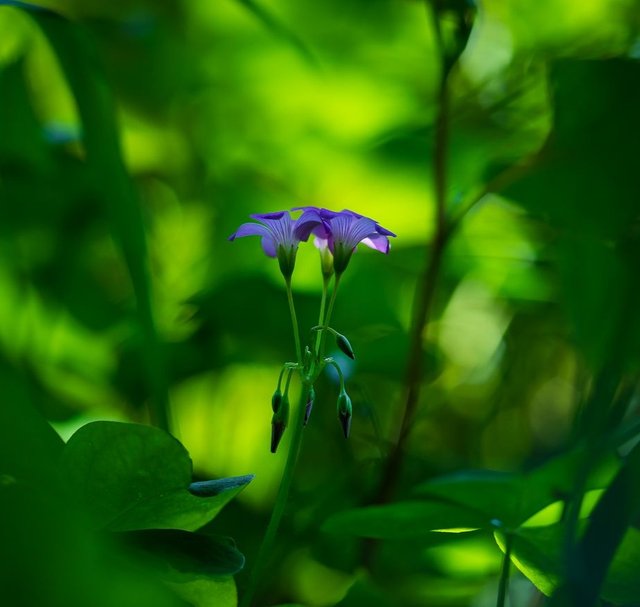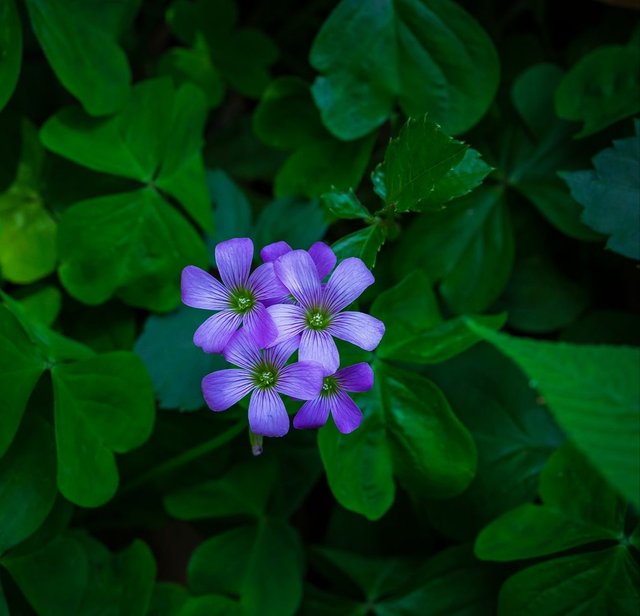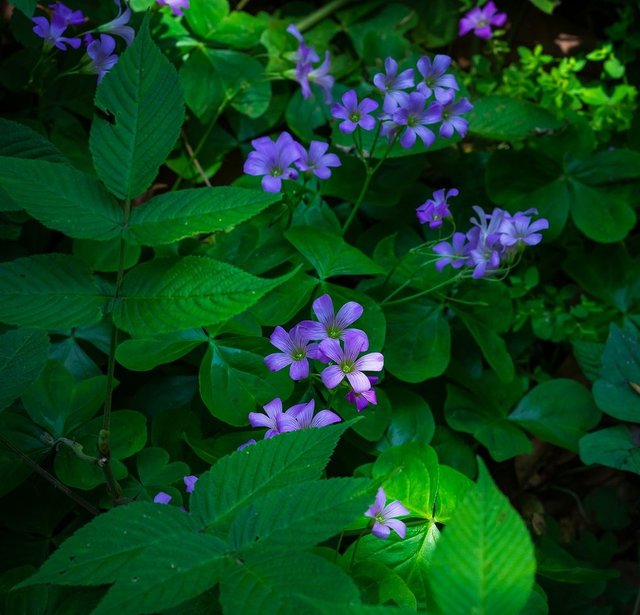Pink Woodsorrel So Amazing
A Deep Dive into the Pink Woodsorrel
The pink woodsorrel, scientifically known as Oxalis debilis, is a charming and versatile plant that has captured the hearts of gardeners and botanists alike. With its delicate pink flowers and trifoliate leaves, it adds a touch of whimsy to any landscape. However, this seemingly innocent plant is also a subject of debate due to its invasive nature in certain regions. Let’s explore the various aspects of this intriguing plant, from its botanical characteristics and ecological impact to its uses in gardening and traditional medicine.
Botanical Overview
Oxalis debilis belongs to the family Oxalidaceae, a group known for its characteristic three-parted leaves and often vibrant flowers. The plant is a perennial herb, meaning it lives for more than two years, and typically reaches a height of about 6 to 12 inches. It is easily recognizable by its clover-like leaves, which consist of three heart-shaped leaflets, and its bright, funnel-shaped flowers that range from soft pink to magenta.
The pink woodsorrel reproduces both by seed and vegetative means. The plant’s bulb-like structures, known as tubers, can spread underground, allowing the plant to colonize new areas rapidly. This ability to reproduce and spread efficiently contributes to its invasive potential, particularly in regions where it is not native.
Distribution and Habitat
Native to tropical and subtropical regions of South America, particularly Brazil and Argentina, Oxalis debilis has since spread to many parts of the world, including North America, Europe, Africa, and Asia. In these non-native areas, it often thrives in disturbed soils, such as gardens, lawns, and along roadsides.




